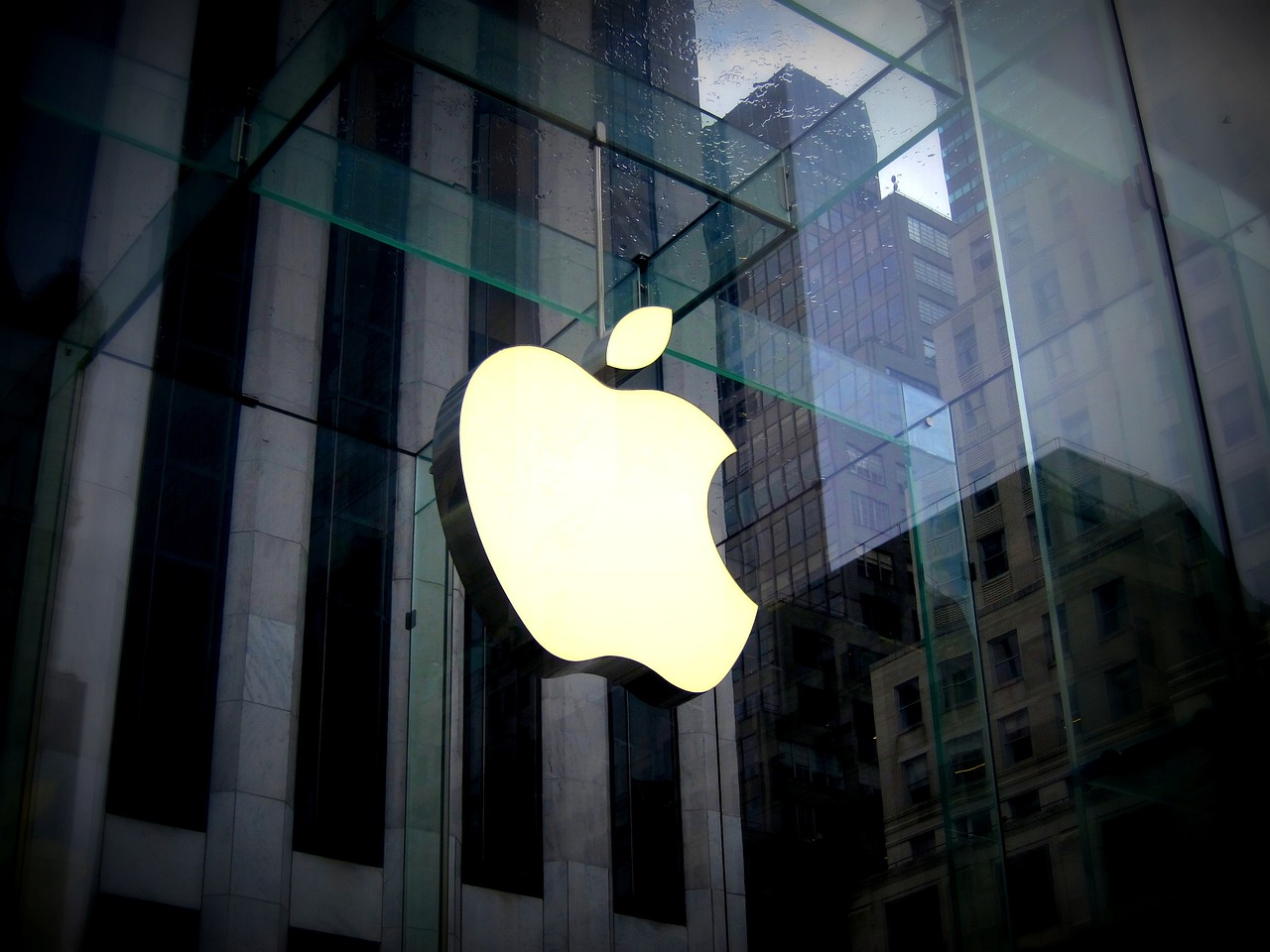
OpenAI’s GPT-4o: Faster, Smarter, and Truly Multimodal
OpenAI has unveiled its latest AI model, GPT-4o, marking a significant leap forward in the capabilities of its flagship language model, ChatGPT. This iteration promises enhanced speed, improved multimodal functionality across text, vision, and audio domains, and a more streamlined user experience.
OpenAI is launching GPT-4o, an iteration of the GPT-4 model that powers its hallmark product, ChatGPT. The updated model “is much faster” and improves “capabilities across text, vision, and audio,” OpenAI CTO Mira Murati said in a livestream announcement on Monday.
At the heart of GPT-4o lies a powerful multimodal architecture, allowing the model to seamlessly integrate and process various data formats, including text, images, and audio inputs. This breakthrough design empowers the AI to understand and generate content across multiple modalities, opening up a world of possibilities for more natural and intuitive interactions.
OpenAI CEO Sam Altman posted that the model is “natively multimodal,” which means the model could generate content or understand commands in voice, text, or images.
One of the most exciting aspects of GPT-4o is its substantial performance boost. According to OpenAI’s Chief Technology Officer, Mira Murati, the updated model boasts significantly faster processing speeds, ensuring snappier responses and smoother overall user experiences. This enhancement is particularly crucial in real-time applications, where prompt and efficient interactions are paramount.
“It’ll be free for all users, and paid users will continue to “have up to five times the capacity limits” of free users, Murati added.
In addition to its impressive technical advancements, GPT-4o introduces a refreshed pricing model that aims to make its capabilities more accessible to a broader audience. Free users will now have access to the latest model, while paid subscribers will continue to enjoy increased capacity limits, up to five times higher than their free counterparts.
The rollout of GPT-4o’s capabilities will be an iterative process, with text and image functionalities becoming available initially through the ChatGPT interface. However, OpenAI has ambitious plans to expand the model’s reach, allowing developers to harness its power through dedicated APIs tailored for integration into their applications and services.
“Instead, it now looks like we’ll create AI and then other people will use it to create all sorts of amazing things that we all benefit from,” Altman said.
One of the most intriguing applications of GPT-4o is its potential to revolutionize voice interactions. The updated model promises to elevate ChatGPT’s voice mode to unprecedented levels, enabling real-time, context-aware responses that can observe and comprehend the surrounding environment. This advancement could pave the way for a new generation of intelligent virtual assistants, capable of engaging in natural, multimodal conversations akin to those depicted in science fiction.
As OpenAI continues to push the boundaries of AI capabilities, it faces scrutiny from critics who argue for greater transparency and open-sourcing of advanced models. However, the company’s vision has evolved, shifting towards empowering third-party developers to harness the potential of these cutting-edge technologies, fostering an ecosystem of innovative applications that can benefit society as a whole.
With the launch of GPT-4o, OpenAI has once again demonstrated its commitment to pushing the limits of artificial intelligence, offering a glimpse into a future where intelligent systems can seamlessly integrate multiple modalities, providing more natural and intuitive experiences for users worldwide.









